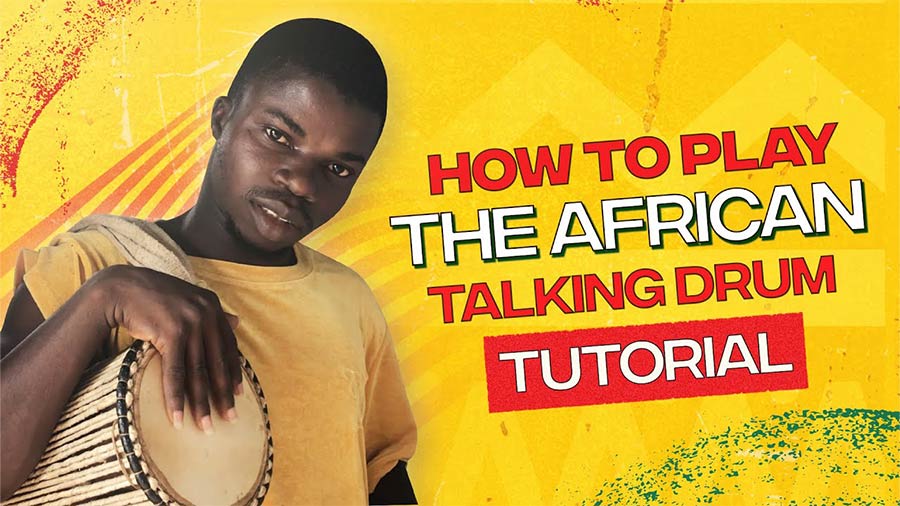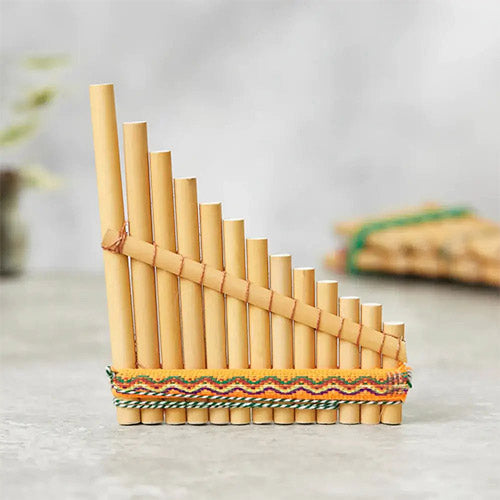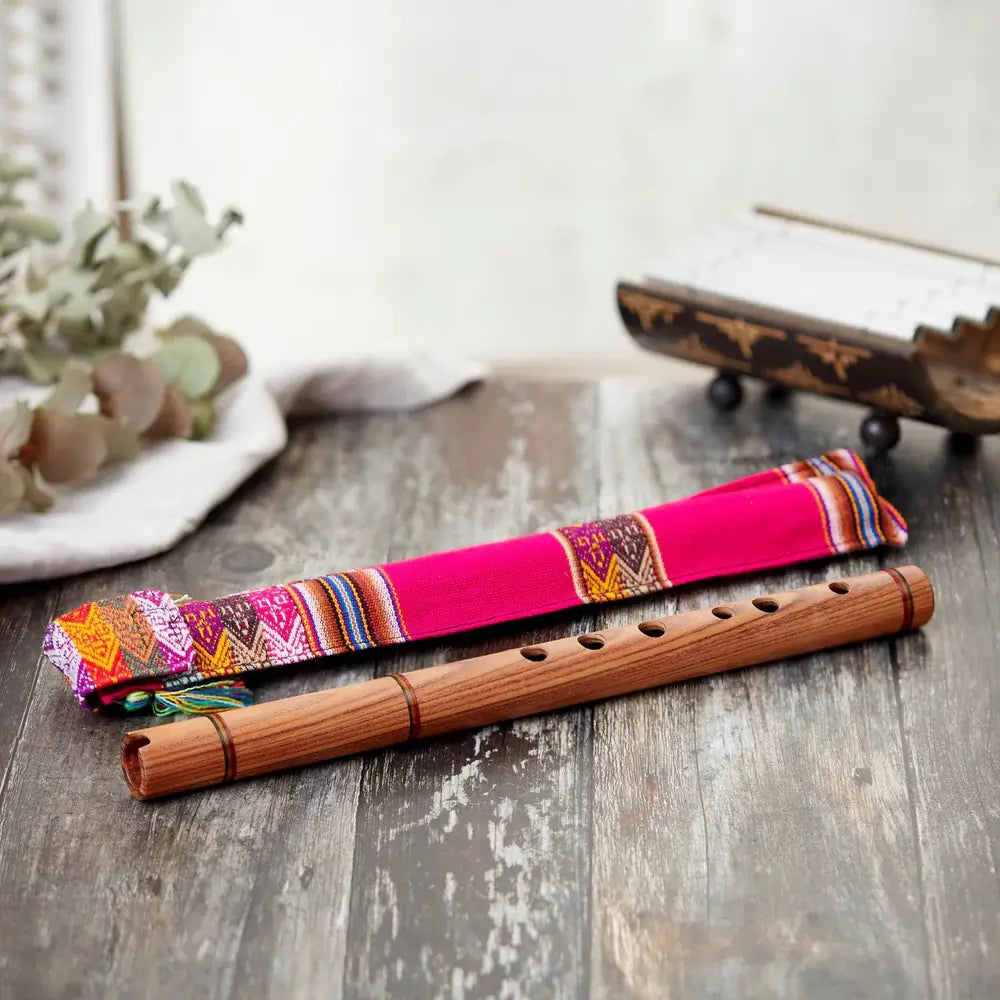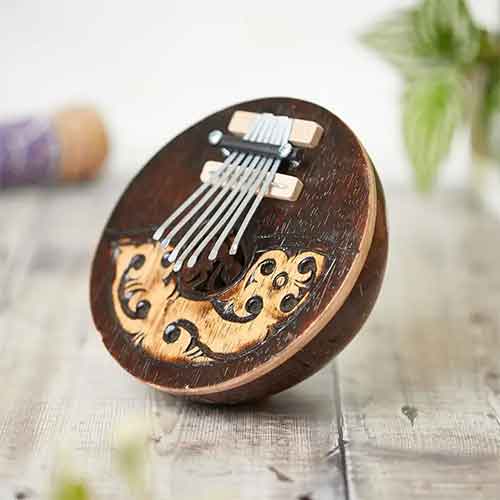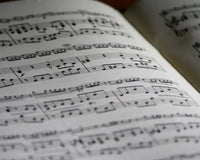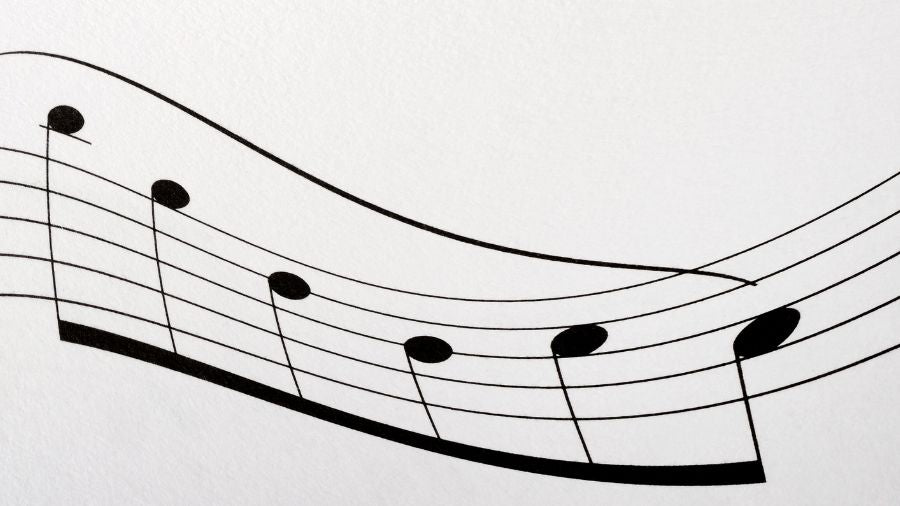In the world of musical instruments, the African talking drum stands out with its unique three sounds: mid sound, higher tone, and lower tone. In this guide, we'll look into the art of playing the African talking drum with expert tips and techniques.

The African Talking Drum has a rich history dating back centuries in West Africa. It originated among various ethnic groups, including the Yoruba, Hausa, and Ashanti. Used as a form of communication, the drum's unique tones and rhythms conveyed messages across long distances, earning it the nickname "talking drum." Its origins can be traced to traditional rituals, ceremonies, and cultural events. Over time, the African Talking Drum has evolved into a cherished musical instrument, playing a significant role in African music and cultural expression.
The African talking drum is classified as a membranophone, which is a type of musical instrument that produces sound by the vibration of a stretched membrane. Specifically, the talking drum falls under the category of a "drum," which is a percussion instrument that typically consists of a hollow shell covered with a membrane, which is then struck or tapped to produce sound.
To play the lower tone, you will need to make sure you are not using your arm to put pressure around the edge of the drum as it will affect the tuning and will not create a bass tone. You will need to strike the drumhead with the base of your hand or using an African talking drum beater. The impact should be centered and forceful. You can experiment with the amount of force and the part of your hand that makes contact to control the depth and resonance of the lower tone. Practice maintaining a consistent rhythm while striking the drum to achieve a steady and grounding lower tone.
Mid Tone
The mid tone is often considered the primary sound of the African talking drum. To produce it you will need to adjust the tension of your arm on the rope to ensure that you are not holding the ropes too loose or too tight. Again you will need to strike the drum whilst adjusting the tension of your hand on the drums surface to achieve a balanced sound. With practice you will be able to differentiate the sounds produced. Focus on maintaining a consistent and rhythmic pattern while playing the mid tone, as it forms the core of many traditional rhythms.
High tone
To achieve the high tone, use the edge of your hand, fingers or drum beater to strike the drumhead. To adjust the tone you will need to tighten your arm around the rope to adjust the tuning. You can also place your hand or fingers on the drums skin to adjust the resonance upon striking the instrument. Aim for a quick and controlled motion to create a sharp and distinct high tone. Adjust the angle of your hand and experiment with different parts of your fingers to find the sweet spot for producing the desired high pitch.
How to hold the talking drum beater?

When it comes to holding the African Talking Drum Beater you will need to hold it loosely in your hand to allow movement. If you hold it too tight this can negatively affect your ability to strike the drum causing too much tension whilst playing. It is difficult to explain with words which is why we have included the video below for reference. Joseph from Nigeria gives the perfect demonstration of how to play the African talking drum. Purchase the African Talking Drum Beater here.

There are many things that we love about the African talking drum, the authentic musical instrument has an unusual hourglass shape and it has a rustic aesthetic that captures African culture. It comes complete with a traditional talking drum beater that is known for its animal hide and wooden end. Purchase the African Talking Drum here.
What is the African talking drum called?
The talking drum is versatile, used for speech, dance, or signaling, often transmitting information across long distances. Referred to by various names, such as the tama in Senegal and the kalangu or dundun in Nigeria.
Did Africans use drums to communicate?
In Africa, New Guinea, and tropical regions of America, drum telegraphy has been utilized for centuries to communicate over long distances. European expeditions exploring these areas were astonished to discover that local populations were already aware of their arrival and intentions, thanks to this ancient form of communication.
What is the African talking drum used for?
Talking drums are drums of various types that mimic the rhythm and intonation of spoken language, serving as communication devices. They are found in East and West Africa, Melanesia, and Southeast Asia.
What is talking drum made of?
These hourglass-shaped drums, with heads on both ends, are commonly played in sets of three during sacred ceremonies. Crafted from a single piece of wood and covered with goatskin, they feature leather cords for tone adjustment.


